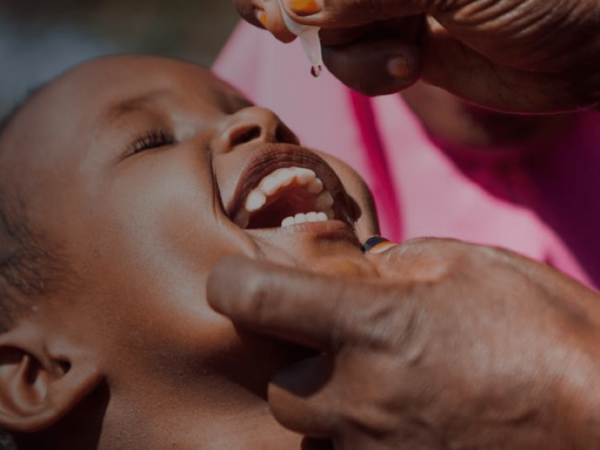A mix of media and communication channels (mass, IPC, group/community) as well as formats (social mobilization, TV, radio, IEC, etc.) is essential to ensure sustainable communications. Using a single channel or format will severely limit the reach of your message. Mass media can be excellent for awareness but is very poor for detailed information sharing and two-way communication. Mass media can elicit emotional response and add legitimacy to a campaign, but interpersonal communication can directly address highly localized issues in real-time.
Social media is also an increasingly relevant way to communicate information and connect with a community. In conjunction with mass media, a dynamic communication approach including both the one-way communication of mass media and the ability of social media to spark dialogue can make a key message even more accessible and applicable.
The chart below from Communication Handbook for Polio Eradication and Routine EPI (2000) still provides a handy overview for reference for how to select the best media channel for your needs.
| Media/Channel | Strengths | Weaknesses |
|
Mass media Such as radio, TV and newspapers |
Creating a general awareness Increasing information Giving basic facts Giving information a sense of impor- tance and legitimacy Reaching many people at the same time Popularizing messages and making them less stigmatized Reinforcing messages Creating a bandwagon effect that can encourage and pressure people to join in |
Interaction with the audience Providing detailed explanations Responding to questions of a personal nature Personalized persuasion Supporting targets through behaviour change steps Flexibility |
|
Group Such as group discussions, seminars, workshops, etc |
Group media/channels are interactive and bring people together to share ideas. They are strong in: Explaining details and responding to questions and doubts Legitimizing messages Building consensus Providing support for change of attitude and behaviour Providing support for sustenance of new behaviour Addressing rumours and misinformation |
Group media/channels are weak in: Ensuring uniformity of message content Responding to questions of a personal nature Reaching large sections of the population at the same time Flexibility (sometimes it is difficult to gather many people together) Some people may not be courageous enough to speak out or ask questions Group settings may lead to bias, unfair pressure Group environment may not favour certain views or categories (such as minority groups) |
|
Social Media Facebook, Twitter, WhatsApp, etc. |
Can reach a large number of people Can reach a younger audience Creates a platform for conversation Adds validity to the messages by having them connected with a familiar person Allows for "many to many" pattern of communication Realtime dissemination of ideas |
Difficult to monitor and control Less effective with populations that have limited technological access Can exacerbate existing divides or inequalities (rural/urban, young/old, male/female, rich/poor, literate/illiterate) Must compete with other sources of information for viewers |
| Media/Channel | Strengths | Weaknesses |
|
One-on-one Such as individual counselling |
These channels are strong in: Responding to questions and needs of a personal nature Identifying and filling information gaps Flexibility Persuasion Supporting the behaviour change process Bringing about attitude and behaviour change Legitimizing, reinforcing and sustaining new knowledge, attitudes and behaviour |
Interpersonal contacts are weak because they: Require time and staff, so they can be labour intensive Can only reach a few people at a time Can distort messages or omit them as messages are repeated to one person or a couple of people at Can introduce the communicator's bias into communication May communicate inaccurate messages if the communicator is not well versed in the content |
More on media channels and selection can be found in the Integrated Action section of the Toolkit.
Learn More
Explore the other two learning modules in this 3-step tutorial to design evidence-driven communication strategies to help vaccinate every child.
Integrate communications tactics and understand their strengths and weaknesses, then evaluate performance.
You cannot do everything and your ability to prioritize your interventions and target behaviours is paramount. One simple way to do this is to evaluate importance of the behavior and its changeability.



